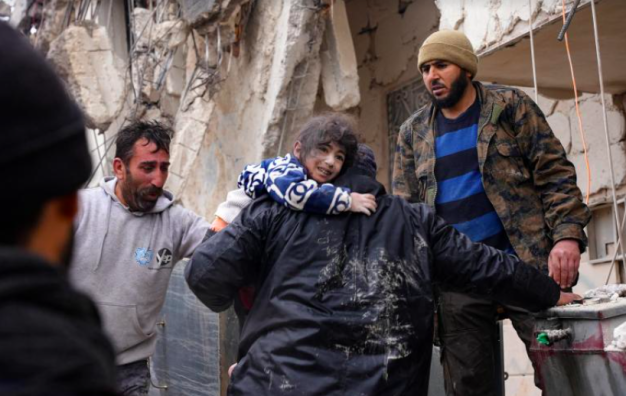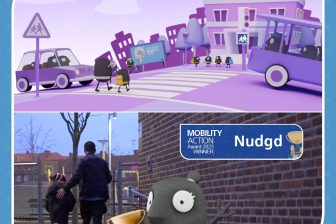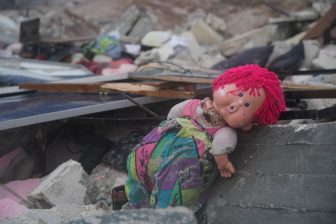
Devastating earthquakes in Turkey and Syria leave thousands of children at risk – UNICEF
Thousands of children and families are at risk after two devastating earthquakes and dozens of aftershocks hit south-east Turkey and Syria.
More than 2,300 people – many of them likely to be children – have been killed in the two countries, with thousands more injured, say the authorities. These numbers are only likely to increase.
Efforts in Turkey are currently focused on search and rescue, and children’s charity UNICEF is coordinating with the government, and the Disaster and Emergency Management Presidency on the emerging needs linked to the wider humanitarian response.
Meanwhile in Syria, UNICEF is assessing the impact of the earthquakes and preparing to support the humanitarian response in coordination with partners.
The initial 7.7 magnitude earthquake hit just after 4am local time on Monday, when many children and families were asleep at home. A second quake, measuring 7.5, hit later in the day.
‘The images are heart-wrenching’
Thousands of homes are likely to have been destroyed, displacing families and exposing them to the elements at a time of year when temperatures regularly drop below freezing and snow and freezing rain are common. Heavy snowstorms have also recently hit parts of Syria and Turkey, with further sub-zero temperatures forecasted.
Catherine Russell, UNICEF Executive Director, said: “The images we’re seeing out of Syria and Turkey are heart-wrenching. That the initial earthquake happened so early in the morning, when many children were fast asleep, made it even more dangerous, and the aftershocks bring continuing risks.
“Our hearts and thoughts are with the children and families affected, especially those who have lost loved ones or who have been injured. Our immediate priority is to ensure children and families affected receive the support they so desperately need.”
UNICEF says it is likely many schools, hospitals and other medical and educational facilities will have been damaged or destroyed by the quakes, further impacting children. Potential damage to roads and critical infrastructure will also complicate search and rescue efforts and the wider humanitarian response.
Children in Syria continue to face one of the most complex humanitarian situations in the world. A worsening economic crisis, continued localised hostilities after more than a decade of grinding conflict, mass displacement and devastated public infrastructure have left two-thirds of the population in need of assistance. Food insecurity, reliance on unreliable and alternative water sources protection concerns, high levels of school dropouts are acute.
Waterborne diseases pose another deadly threat to children and families affected. In Syria, a cholera outbreak declared on 10 September 2022 quickly spread across the country, with children especially vulnerable.




